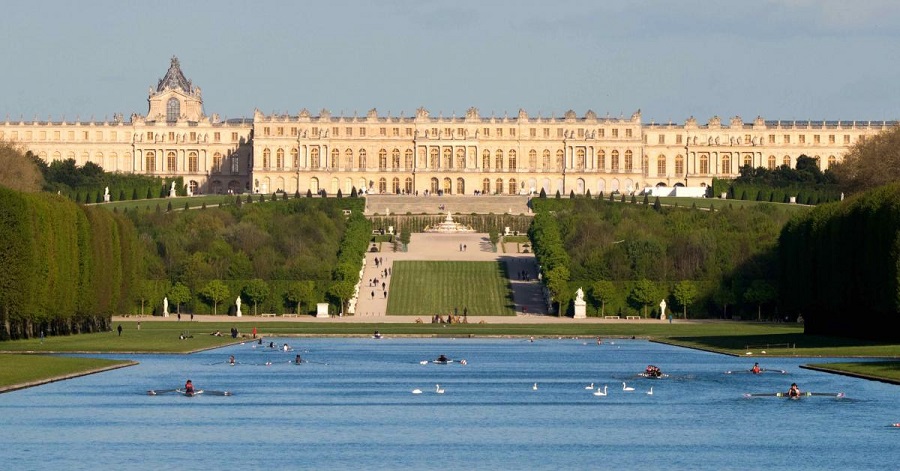ISABEL RUBIO ARROYO | Tungsteno
Just 20 kilometres from the centre of Paris lies one of the largest and most impressive palaces in the world: the Château de Versailles. Not only was it the residence of several monarchs until the French Revolution, but it also played a crucial role in scientific research and housed vast gardens and even a menagerie with all kinds of wild animals.
A hunting lodge turned palace
The origins of the Palace of Versailles date back to the 17th century: "In 1623, Versailles was no more than a small isolated village in the middle of marshes, far from the tumult of the capital," says the Palace of Versailles website. Then it became the hunting lodge of King Louis XIII, who ordered its construction in 1623. This building, rebuilt between 1631 and 1634 is the origin of the palace that still stands today.
The hunting lodge gradually became a pleasure palace thanks to the works ordered by Louis XIV. In 1682, it became the main residence of the royal court and the government. At times, more than 5,000 people were housed in its vast rooms. It was the residence of the French monarchy between the reigns of Louis XIV and Louis XVI, according to UNESCO: "Embellished by several generations of architects, sculptors, decorators and landscape architects, it provided Europe with a model of the ideal royal residence for over a century."
The Palace of Versailles is one of the largest palaces in the world. Credit: Château de Versailles
From a menagerie to a gallery with more than 300 mirrors
The palace covers 800 hectares. The distances were so great that dishes were often served cold due to an architect’s failure to take into account the distance between the kitchen and the rooms where the food was served. This is why Louis XV decided in the 18th century to build private kitchens in his apartments. This palace even had room for a menagerie, which housed wild animals from all over the world and inspired the creation of modern zoos.
The gardens of Versailles are among the largest in the world. They have 372 statues, 55 decorative water features, 600 fountains and more than 32 kilometres of waterways. They once boasted 400 botanical species from all over the world, including pineapples, vanilla and coffee. In the 17th century, the fragrance of the flowers in the Jardin du Trianon was so intense that it could cause visitors to feel dizzy.
One of the main attractions of the palace is the Hall of Mirrors, which is adorned with 357 mirrors. In the 17th century, mirrors were considered an extremely expensive luxury. As Venice had a monopoly on their manufacture, France lured talented Venetian craftsmen and offered them the chance to create unique pieces for the palace. Legend has it that Venice, jealous of its monopoly and fearful of its production secrets being revealed, controlled the master mirrormakers and even forbade them to leave the city on pain of death.
The Hall of Mirrors is adorned with 357 mirrors. Credit: Studio McGraw
In 1833, Louis Philippe, "King of the French", decided to turn the palace into a museum "dedicated to all the glories of France". In this iconic place, unique moments in history were still to take place. The Hall of Mirrors was the scene of such iconic moments as the signing of the Treaty of Versailles, which ended the First World War in 1919. Declared a UNESCO World Heritage Site in 1979, the palace is now preparing to host equestrian events for the Paris 2024 Olympic Games.
Tungsteno is a journalism laboratory to scan the essence of innovation.
